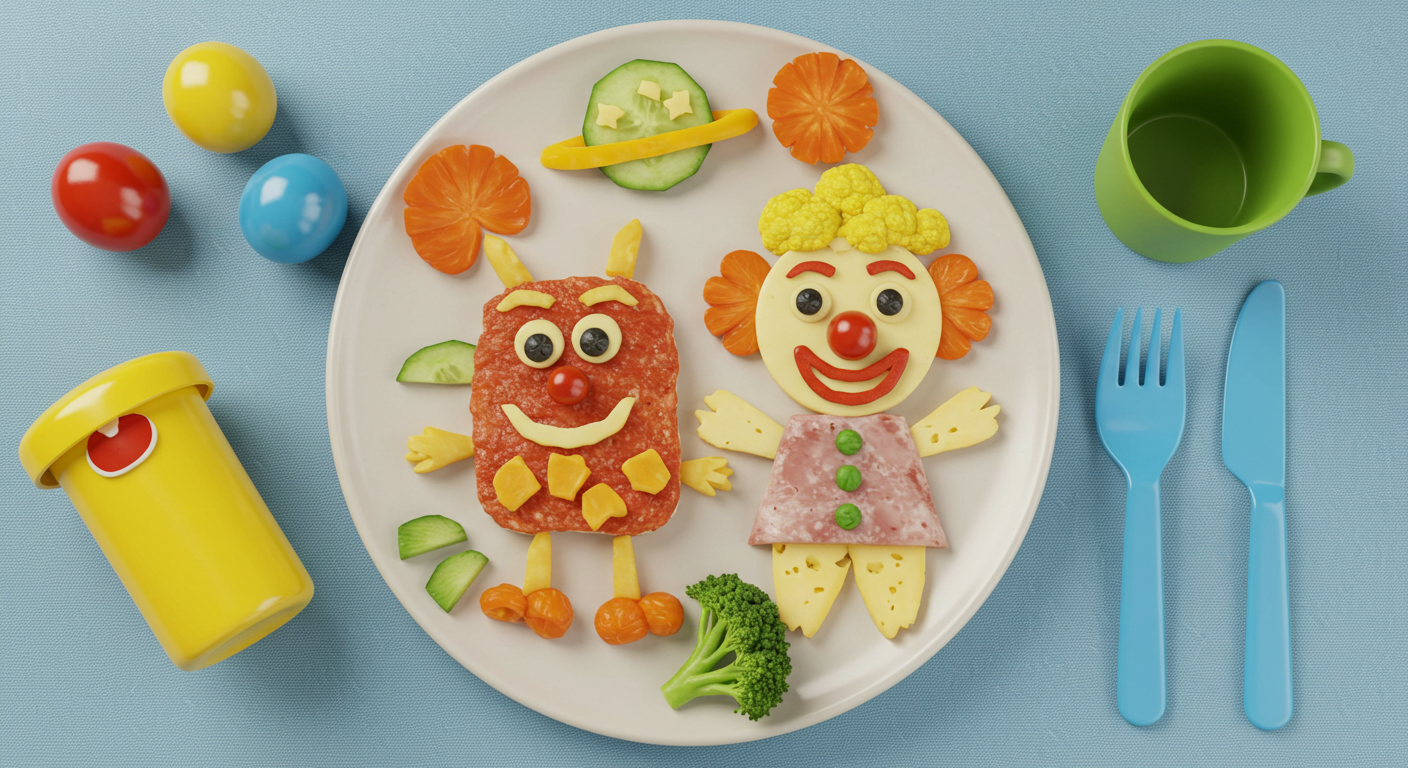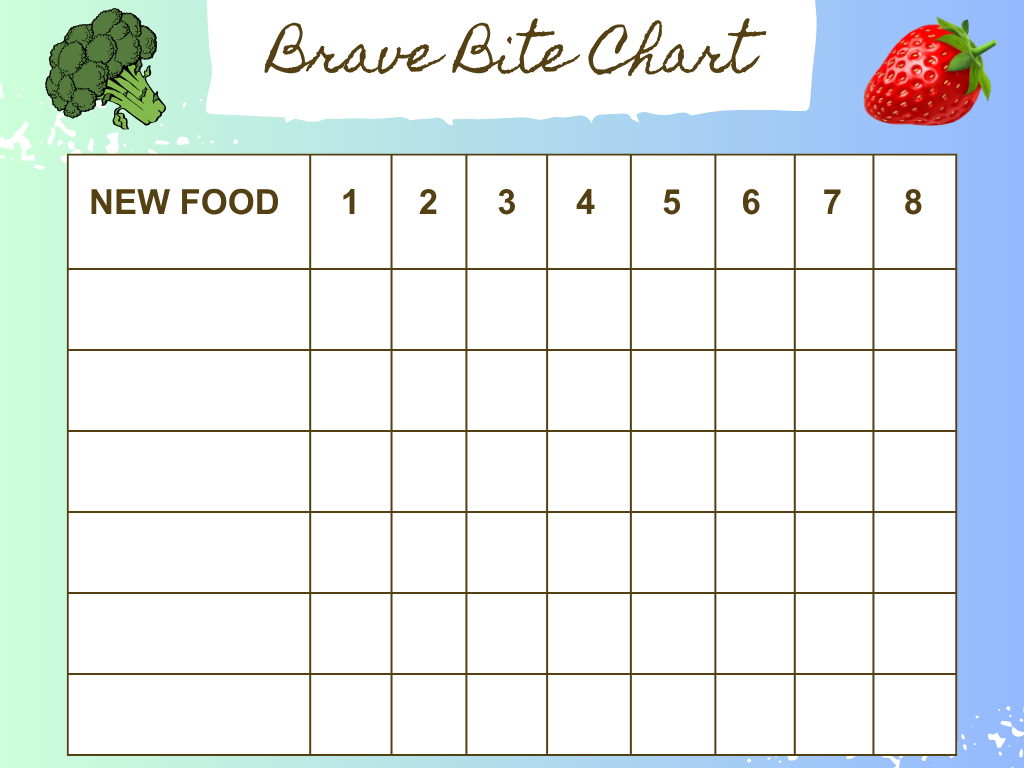Diets for Picky Eaters: Proven Tips for Toddlers and Kids with Sensory Sensitivities
Creating balanced, nutritious diets for picky eaters can feel like an overwhelming task—especially when your child refuses anything unfamiliar or green. This is a common struggle for parents of toddlers, children with sensory processing issues, and those showing early signs of autism. These kids often have very restricted food preferences, making mealtimes stressful and leading to nutritional deficiencies.
Thankfully, with a combination of the right dietary strategies, fun food presentations, and a bit of patience, you can encourage your child to explore new foods and gradually expand their diet. Below, we’ll explore the best ways to improve diets for picky eaters, including practical tips tailored to children with sensory defensiveness, autism spectrum traits, or food aversions.
Understanding the Challenges Behind Picky Eating
Many picky eaters aren’t simply being stubborn—they’re reacting to sensory overload, food sensitivities, or deeply ingrained food routines. Children with sensory defensiveness may experience intense discomfort with certain textures, smells, or appearances of food. Others might have subtle allergies or intolerances that affect how foods taste or feel in their mouths, leading to strong aversions or unusual cravings.
For example, kids with dairy or gluten sensitivities often become fixated on foods that contain those ingredients, such as macaroni and cheese, pizza, or cheesy snacks. Interestingly, once these ingredients are removed from the diet, some children become more open to trying new foods, including vegetables they once rejected.
Why Food Cravings Can Signal Sensitivities
If your child intensely craves specific processed foods or carbohydrates, this could be a sign of a hidden sensitivity. After switching to a gluten-free, casein-free (GFCF) diet, many parents report dramatic improvements in both behavior and eating habits. In our own experience, our child stopped obsessing over cheesy and carb-heavy foods and began tasting vegetables willingly—a huge breakthrough after months of mealtime struggles.
Positive Reinforcement Using Incentive Charts
A highly effective strategy to improve diets for picky eaters is using visual progress tools like an incentive chart or the Brave Bite chart at the top of the page. These tools use positive reinforcement to motivate children to try new foods gradually.
For example:
- Create a chart listing new foods to try.
- Set a goal of 10 exposures per food item.
- Give your child a sticker each time they try or taste the food.
- Offer a small prize or reward after earning 2–4 stickers.
This method works especially well for toddlers and young children, helping make the process fun rather than frustrating.
Tips for Adding Fruits and Vegetables to Picky Eaters' Diets

Integrating fruits and vegetables into picky eaters’ diets takes creativity and consistency. Here are some proven techniques:
1. Keep Offering Variety—Without Pressure
Even if your child doesn’t like a particular fruit or vegetable, continue offering small portions at every meal. Exposure builds familiarity. Over time, many children learn to accept or even enjoy the food.
2. Celebrate Effort, Not Just Results
Praise your child for even the smallest effort, like smelling, touching, or licking the food. Try saying, “I’m so proud of you for trying your carrots!” These moments build confidence and curiosity.
3. Use the “Kiss and Try” Method
Encourage your child to “kiss” the food or touch it to their tongue. This small step helps reduce anxiety and increases sensory tolerance, which is especially important for kids with sensory sensitivities.
4. Pair Tries with Immediate Rewards
Let your child know they only need to try one bite and will receive a preferred food afterward. For example: “After you try one broccoli bite, you can have your applesauce.”

5. Make It Fun with Creative Presentation
Food that looks fun is more likely to get eaten. Use cookie cutters, fun shapes, and imaginative stories to bring food to life.Fun Food Ideas:
- Cheese or melon shapes: Use cookie cutters to create star or animal shapes.
- Silly face plates: Use grapes for eyes, berries for a nose, and apple slices for the mouth.
- Character foods: Pretend to be a bunny eating carrots or a dinosaur munching on “broccoli trees.”
- Fruit skewers: Make fruit balls (apple, melon, etc.) and drizzle with a touch of honey. Let kids build their own snack on sticks.
Whole Grain Integration for Balanced Diets
Refined carbs are common favorites among picky eaters, but whole grains provide more fiber and nutrients. Here’s how to add them subtly:
- Mix white and whole grain pasta (start with 50/50).
- Create half-and-half sandwiches using white and whole grain bread.
- Mix whole grain cereal with your child’s preferred brand.
- Slowly increase the amount of whole grain over time to ease the transition.
These swaps help develop a taste for healthier grains while still offering familiar textures and flavors.
Adapting Diets for Picky Eaters with Sensory Oral Defensiveness
Children with Sensory Processing Disorder (SPD) often need extra support. For them, the goal is to reduce overwhelming sensations while building positive associations with food.
Strategies for Sensory-Friendly Eating:
- Puree vegetables and blend into favorite dishes (e.g., squash in mac & cheese or spinach in pasta sauce).
- Dim the lights during meals to reduce visual overload.
- Serve one preferred food with two non-preferred items.
- Provide an empty bowl to discard unwanted food instead of throwing it.
- Start with just a taste and reinforce even the smallest attempts. Ex. Ex. “Yea! I am so proud of you for trying your green beans would you like some applesauce now?” It can take 10-15 times of trying it before acquiring a taste.
- You may need to start with just tolerating the sight of a new food, then touching the new food and gradually increase exposure that way.
- Use cold foods or popsicles to numb the mouth slightly before trying new textures.
These approaches help desensitize children to challenging foods and create a calmer mealtime atmosphere.
Final Thoughts: A Healthier Diet is Possible for Every Child
Creating effective diets for picky eaters—especially toddlers and kids with sensory sensitivities—takes time, creativity, and consistency. By using gentle strategies, fun food presentations, and tools like incentive charts, you can gradually help your child accept a wider variety of foods and build lifelong healthy eating habits.
If you’re looking for an easy starting point, try using a visual chart like the Brave Bite Chart to motivate your child to try new foods without pressure. Small steps lead to big wins—and every brave bite is worth celebrating.
If you haven't already, be sure to check out my ebooks, now on Amazon!



